Affiliate links on Android Authority may earn us a commission. Learn more.
YotaPhone 2 hands on and first impressions
Almost two years ago, Yota, a mobile operator in Russia, introduced a smartphone with a rather interesting concept, featuring a dual HD and E-Ink display setup. The original YotaPhone finally made its way to consumers in select markets at the end of last year, and now, the company has taken the wraps off of its successor. The YotaPhone 2 was introduced at a special event in London yesterday, and we got to spend some time at. What does the second iteration of this unique device have to offer? We find out, as we go hands on, and give you our first impressions, about the YotaPhone 2!
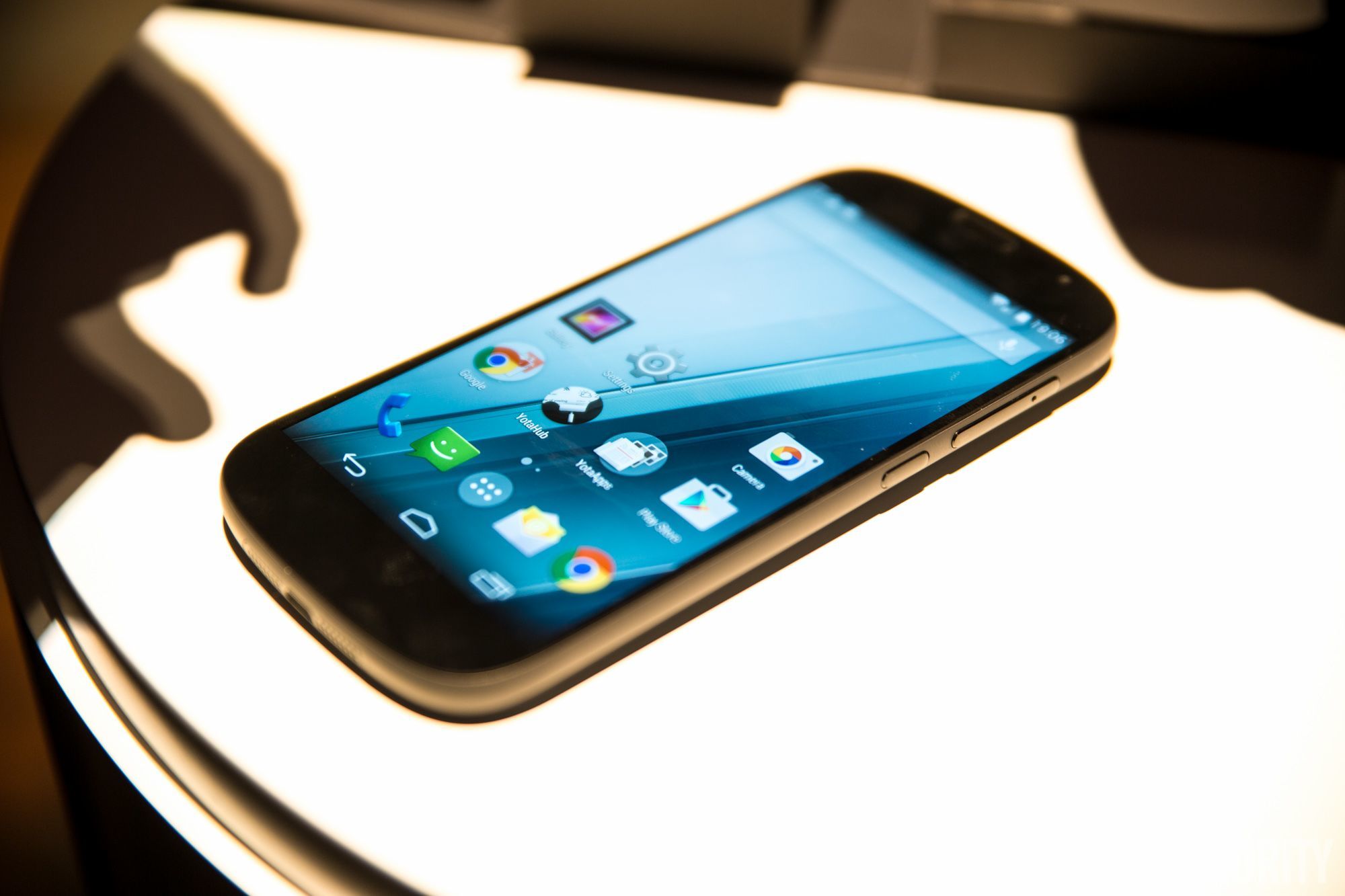
As was the case with the original, the YotaPhone 2 is still quite an unusual device, and definitely far removed from the slew of “standard” smartphones that are currently available. Yota Devices, and the YotaPhone, are not the most well-known of names around, but if the buzz surrounding the press conference was any indication, there is certainly a lot of interest in anything that goes against the grain.
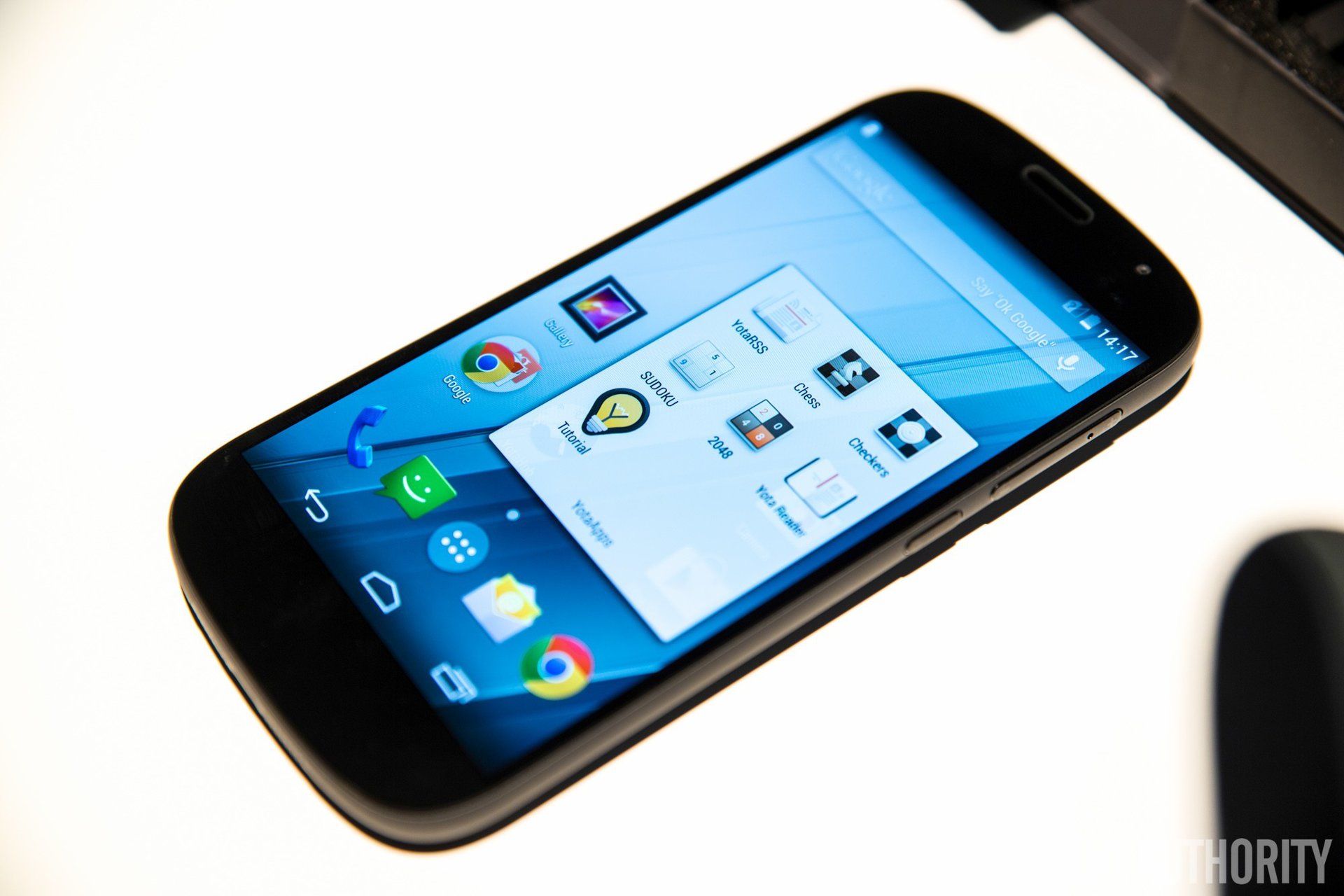
On the specifications front, the YotaPhone 2 comes with a 5-inch AMOLED display with a 1080p resolution, a quad-core Qualcomm Snapdragon 800 processor, clocked at 2.2 GHz, and 2 GB of RAM. It’s not the latest and greatest processing package around, yet still is very robust and responsive, and represents a big step up from its predecessor. In the brief amount of time I got to spend with the phone, its performance was more than satisfactory. In other specifications, you get 32 GB of internal storage, a 2,500 mAh battery, and Qi wireless charging capabilities. The device also features an 8 MP rear camera, along with a 2.1 MP front-facing unit.
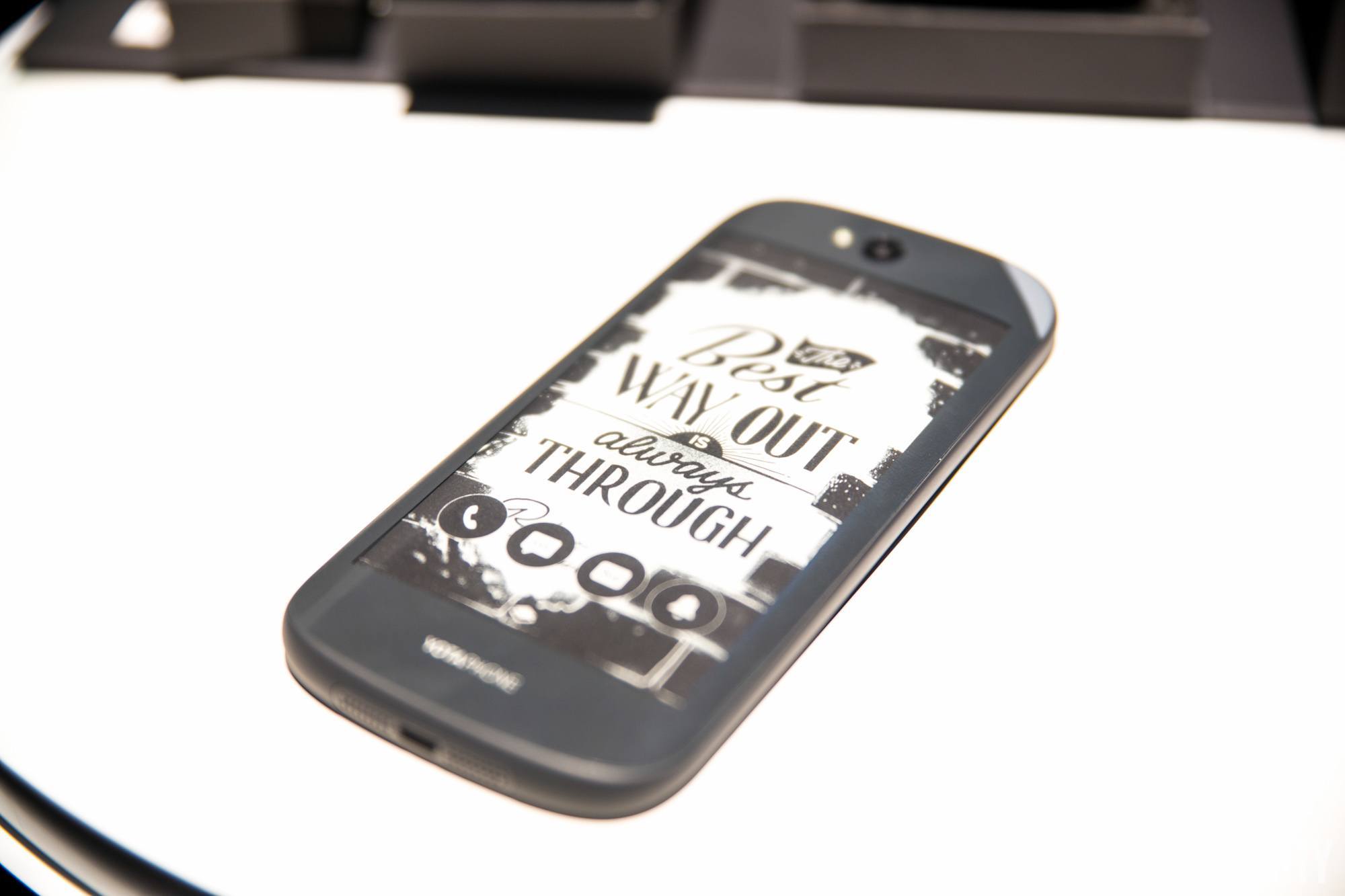
On the right side is the volume rocker, that also doubles as the SIM card slot, below which is the power button. Up top is the headphone jack, and at the bottom is the microUSB port and the speakers. Of course, the big story with the YotaPhone 2 is the second display found on the back of the device. It is a 4.7-inch capacitive E-Ink display, with a resolution of 960 x 540, and 16 levels of gray scale. The rear display is also protected by a Corning Gorilla Glass 3 panel, which proves to be a logical choice, given that the back of the phone is what will come into contact with surfaces most often.
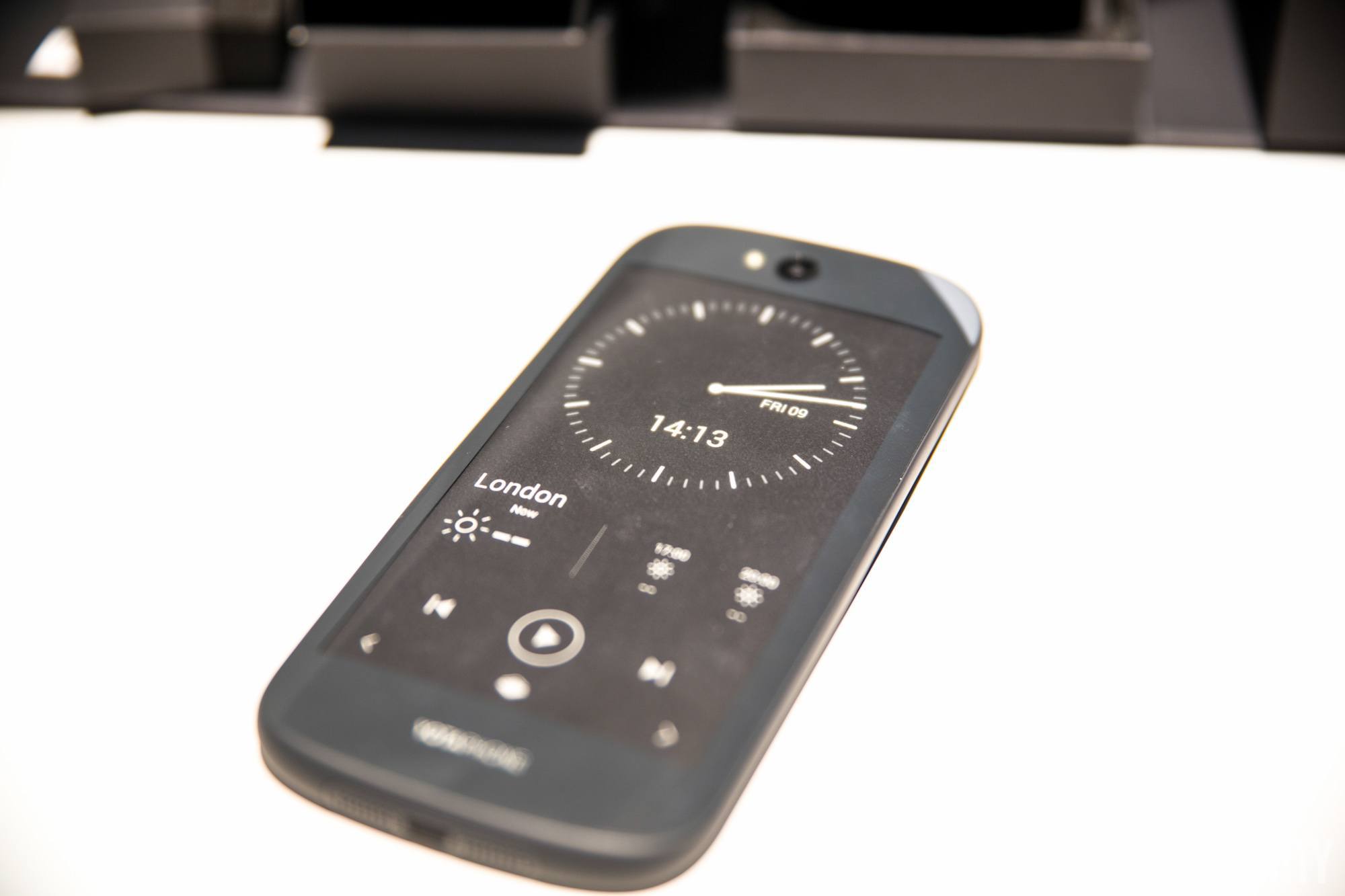
I also managed to get some face time with Yota’s VP of Product Strategy, Sharif Sakr, who was kind enough to showcase some of the unique features and capabilities of this device, which you can see in the video above. Special features of the YotaPhone 2 include the “always on” E-Ink display, that can help you save a lot of battery power by using the display for messaging, calling and other tasks. There are quite of a few panels available to choose from, and you have the option to select exactly what you want to see on this display.
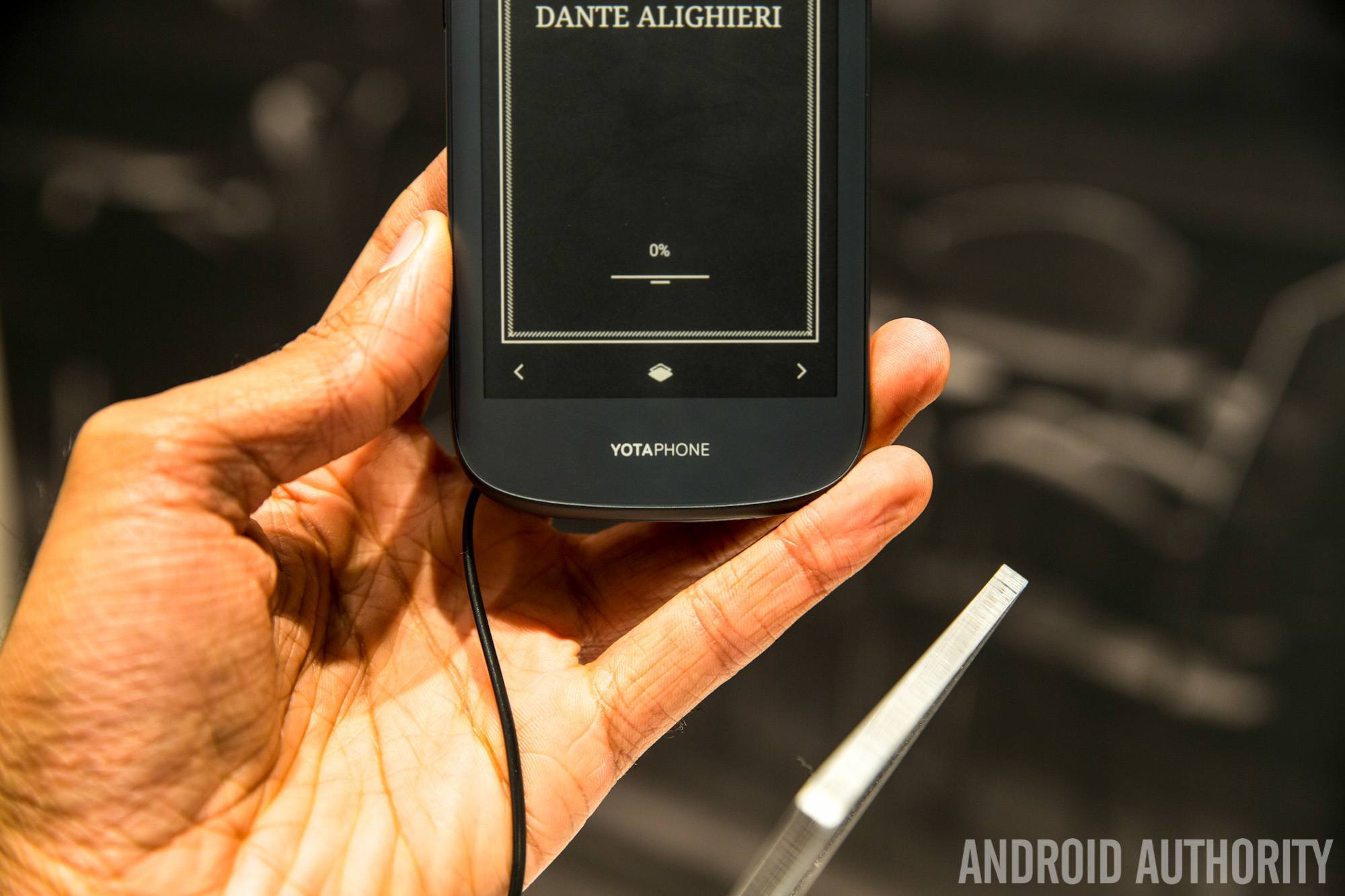
Apps that are not optimized for the E-Ink display can also be used using a feature called YotaMirror, that, as the name suggests, lets you mirror apps to the rear screen. Not every application is going to work well, but most messaging and reading apps will be just fine. Yota will also have the SDK available for developers, giving them the opportunity to optimize their apps to take advantage of the E-Ink display.
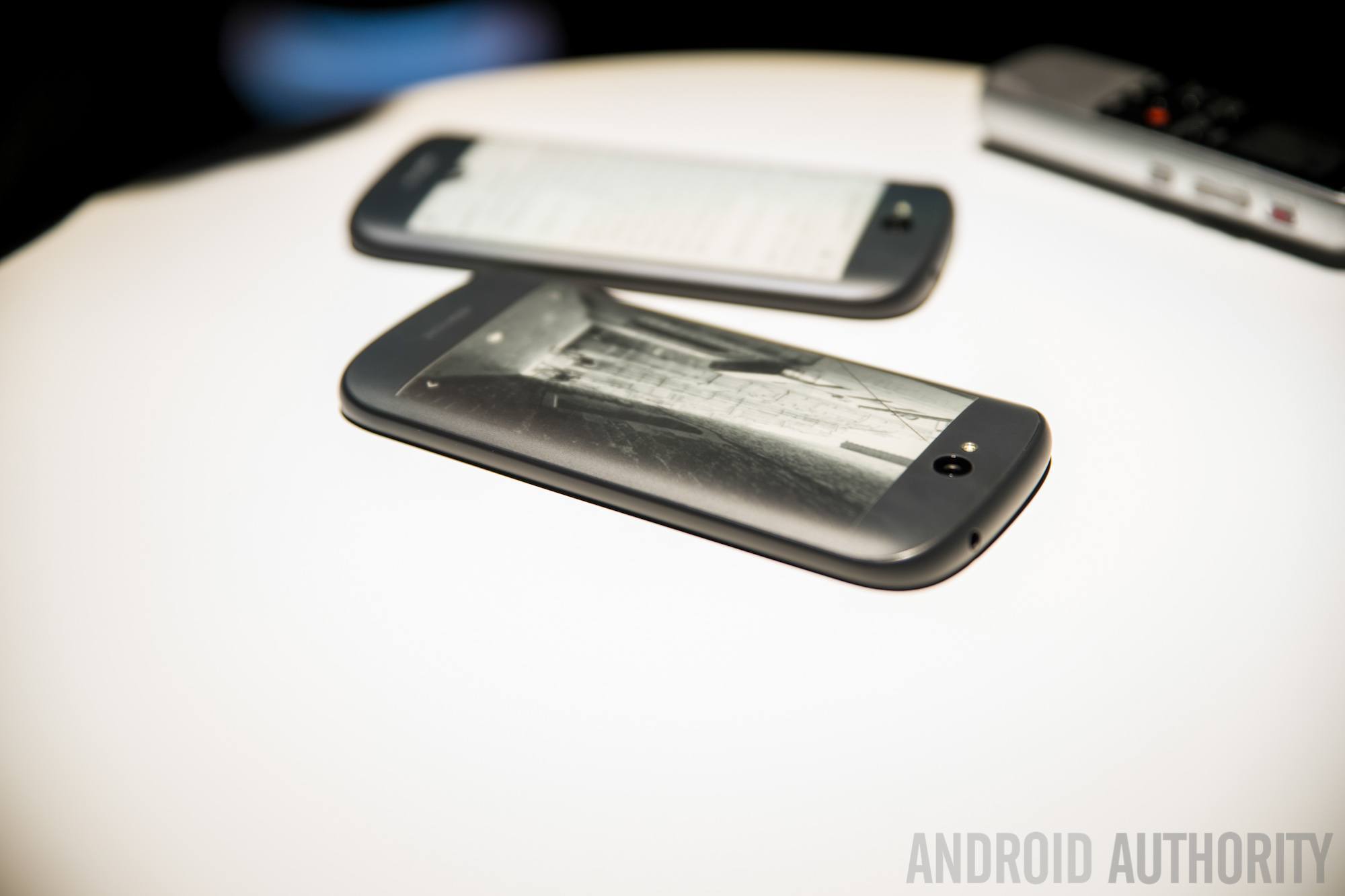
One of the best features of this device is YotaSnap, that lets you take a snapshot of whatever is on the color display up front, and save it on the E-Ink display. So even if your phone battery dies, this image stays on the screen for indefinitely, which is perfect for capturing screenshots of a map, addresses, shopping lists, and more. You can also mirror the camera app, which allows you to use the better 8 MP rear facing unit to capture selfies.
All said and done, the YotaPhone 2 isn’t on the bleeding edge in terms of components, but does offer something that is genuinely different from everything else currently available in the market. With the numerous enhancements to the software and features, the rear E-Ink display is far from a gimmick, and can actually be very useful for a lot of users out there.
What are your thoughts on the YotaPhone 2? Do you consider it to be one of the more unique devices on the market? What sort of things would you use the rear E-ink display for?